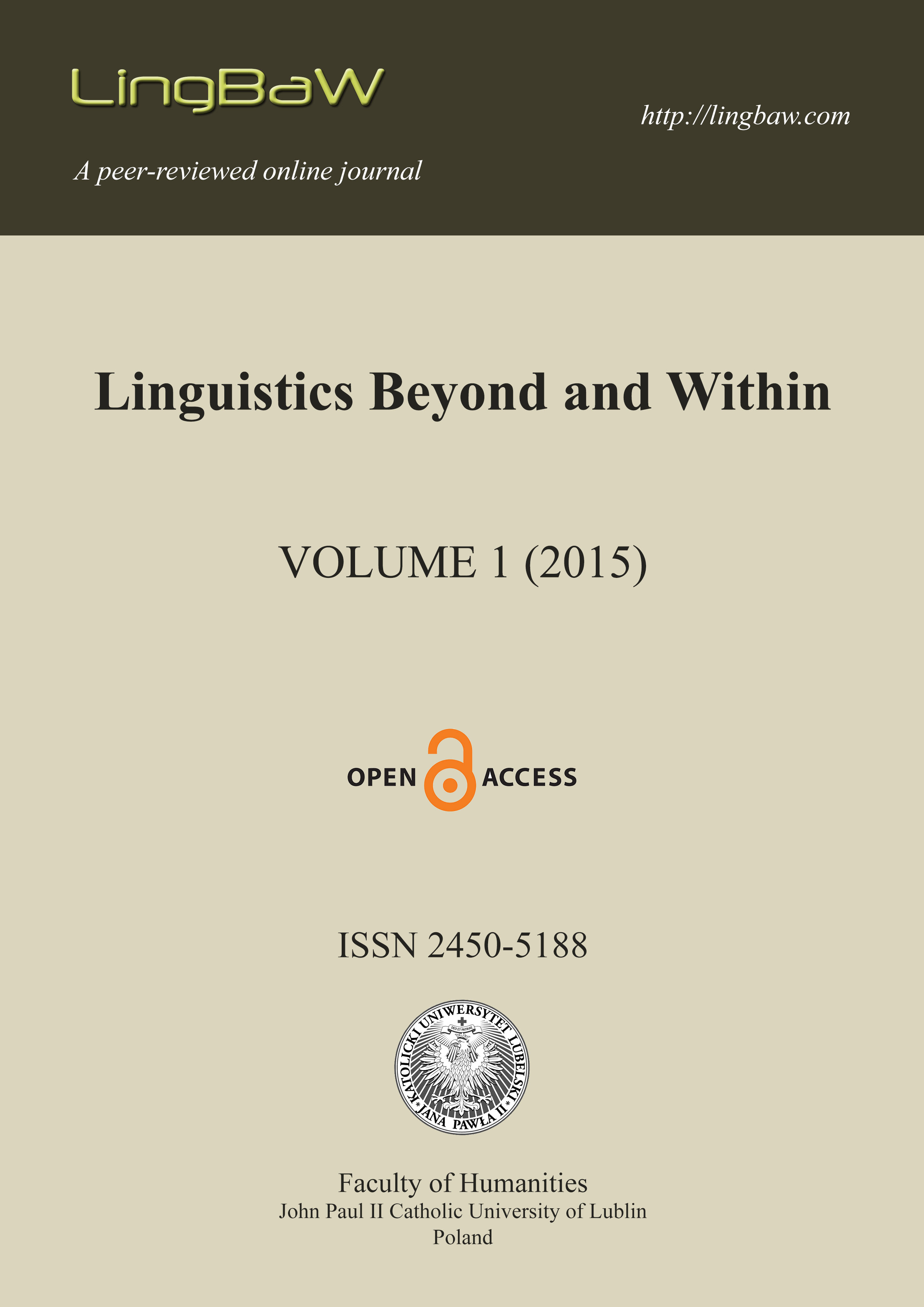A case for two voices in Old Church Slavonic – reflexively marked OCS verbs
A case for two voices in Old Church Slavonic – reflexively marked OCS verbs
Author(s): Anna Malicka-KleparskaSubject(s): Language and Literature Studies, Theoretical Linguistics, Morphology
Published by: Wydawnictwo KUL
Keywords: middle voice; passive; anticausative; subject experiencer verb; reflexive; Old Church Slavonic
Summary/Abstract: Old Church Slavonic data manifest significant similarities in the distribution and formal properties of anticausatives, reflexives, subject experiencer verbs, statives, and reciprocals, while their semantics may also be viewed as partly uniform. The structures representing the said classes of verbs are very frequent in the language, while passive structures, formed with analytic morpho-syntactic constructions, are relatively infrequent. Consequently, the expressions headed by anticausatives, reflexives, subject experiencer verbs, statives, and reciprocals (as well as dative impersonal structures) encroach on the area of semantics belonging in Modern Slavic to be the realm expressed in terms of passive morpho-syntax. The conclusion that can be drawn from this state of affairs is that Old Church Slavonic is characterized by the opposition of active and middle voices, while the passive voice is in its infancy.
Journal: Linguistics Beyond and Within (LingBaW)
- Issue Year: 1/2015
- Issue No: 1
- Page Range: 169-186
- Page Count: 18
- Language: English

